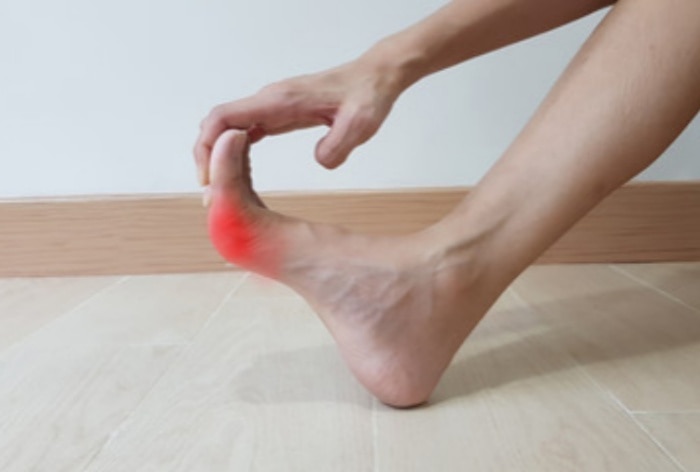Gout is a kind of inflammatory arthritis that makes your joints hurt and swell. The accumulation of uric acid in your body leads to gout.

Gout, an instance of arthritis, is brought on by the buildup of uric acid crystals. If neglected, this incapacitating and excruciating condition can cause joint deterioration and be very unpleasant. Your big toe joint is most frequently impacted by gout. But it can also impact your elbows, hands, wrists, ankles, knees, and feet. Gout bouts often last one to two weeks. It’s possible that some flares continue longer than others and that some of them are associated with more severe symptoms.
If you have a family history of gout or certain genetic diseases, you may be more prone to develop gout. It’s possible that having diabetes, renal illness, or high blood pressure will increase your chance of developing gout. The symptoms and diagnosis of gout may be influenced by your prescription drugs, lifestyle choices including drinking, and dietary habits.
GOUT SYMPTOMS YOU MUST BE AWARE OF
Gout episodes can occur unexpectedly, frequently overnight, and are quite painful. A gout episode may cause the following symptoms in your afflicted joints:
- Intense pain
- Discolouration or redness
- Stiffness
- Swelling
- Tenderness
- Warmth or feeling the joint is on fire
GOUT TREATMENT AND PREVENTIVE MEASURES
Gout symptoms at this stage can be effectively controlled and treated with dietary modifications, medication, and lifestyle changes. If left untreated, gout can worsen and cause permanent joint damage, persistent pain, and disability.
Gout is often treated by controlling flare-up symptoms and limiting your intake of purine-rich foods and beverages. Purine-rich foods and beverages, such as sugary drinks and sweets, alcohol, certain seafood, and even organ meat, are more prone to create excessive uric acid levels in your body, which cause gout.
In the first 24 hours after they begin, gout symptoms usually reach their climax. They will usually start to get better gradually without any medical intervention. You should still visit your doctor for a diagnosis and to rule out any problems.

Don’t Miss Out on the Latest Updates.
Subscribe to Our Newsletter Today!

